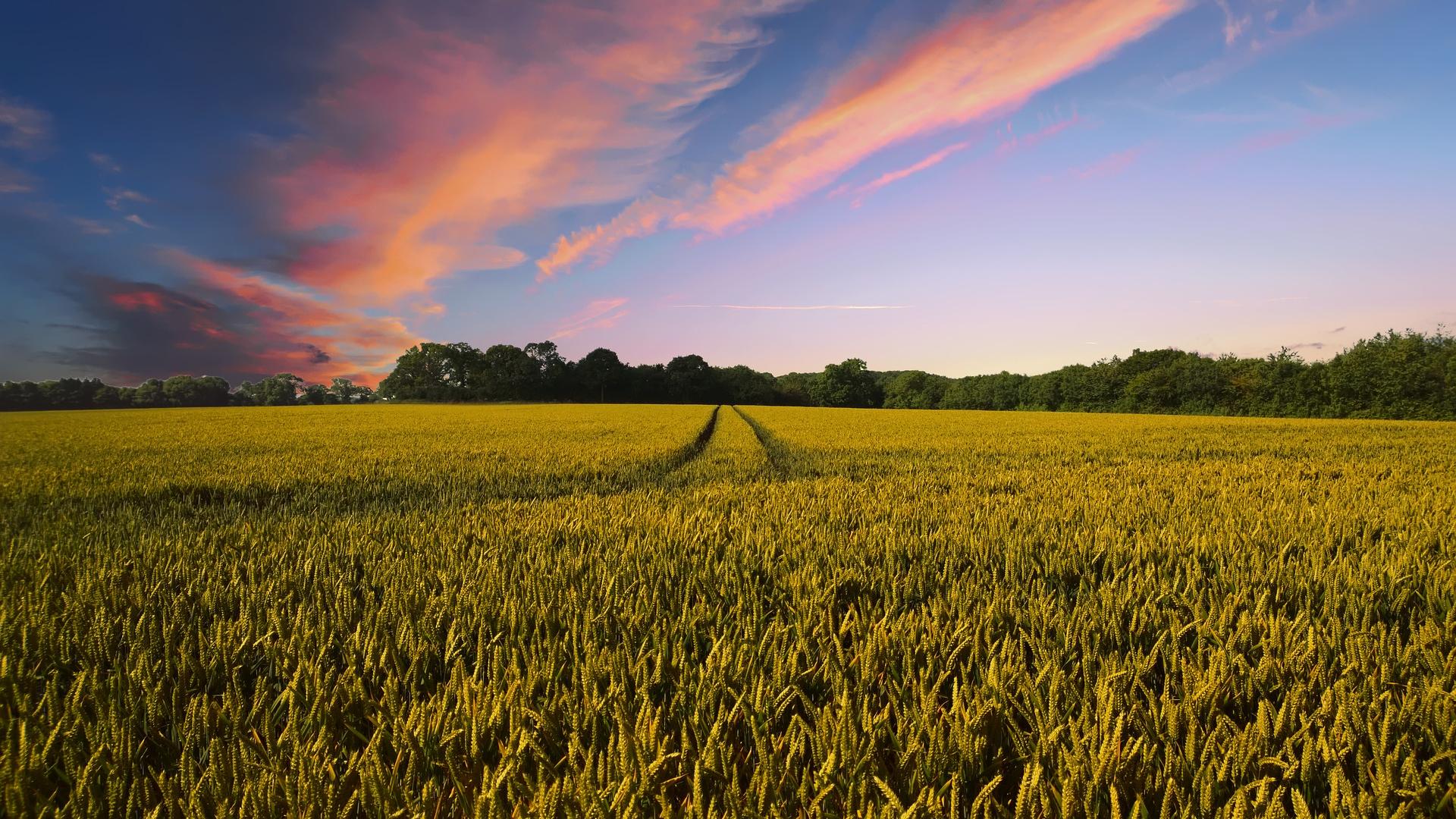Paul de Zylva30 Apr 2019
“Insects make up about two-thirds of all life on Earth [but] there has been some kind of horrific decline. We appear to be making vast tracts of land inhospitable to most forms of life, and are currently on course for ecological Armageddon.If we lose the insects then everything is going to collapse.” Professor Dave Goulson, Sussex University and author of the best-selling A sting in the tail and A buzz in the meadow
Why insect decline matters
We shouldn’t panic at Insectaggedon headlines but we should be alarmed.
Reports of insect decline may make insect-haters happy but an insect-free world won’t do us any favours. Swiping insects away may be as close as we get to them but they affect our lives more than we may appreciate - mostly in a good way - even allowing for pesky wasps and the misery of mosquito bites.
Love or hate them, insects make the world go round as they play a pivotal role in the complex web of life, including helping provide us with much of our food.
“Flying insects have really important ecological functions, for which their numbers matter a lot. They pollinate flowers: flies, moths and butterflies are as important as bees for many flowering plants, including some crops. They provide food for many animals – birds, bats, some mammals, fish, reptiles and amphibians. Flies, beetles and wasps are also predators and decomposers, controlling pests and cleaning up the place generally.” Dr Lynn Dicks, University of East Anglia.
What studies are telling us
One study to hit the headlines presented evidence of huge insect decline in nature reserves in Germany1. The study found that the abundance of flying insects had fallen by three-quarters over 27 years2.
If insects are declining in nature reserves, what are their chances elsewhere? One of the study scientists, Caspar Hallman of Radboud University Nijmegen said, “All these areas are protected and most of them are well-managed nature reserves. Yet, this dramatic decline has occurred.”
Dr Lynn Dicks was not part of the study but found the research convincing.“ (The study) provides important new evidence for an alarming decline that many entomologists have suspected is occurring for some time. If total flying insect biomass is genuinely declining at this rate – about 6% per year – it is extremely concerning.”
Butterflies are much loved and are often used as an indicator species for the health of our wider environment. But according to Sir David Attenborough, “The fortunes of the UK’s butterflies have ebbed and flowed over this period (50 years). Sadly many species have struggled as their habitats have shrunk and climate change and pesticide use have taken their toll.”3
A large study of grassland butterflies across 19 European nations found large declines in the past two decades with some key species declining by half since 19904.
Grassland butterflies matter because they make up over 250 of the 400 or so butterfly species in Europe. Other species prefer woodlands, wetlands, heaths and other habitats. Because so much land in Europe is farmed, butterflies will almost inevitably decline if they cannot thrive on farmland.
Of the 17 species studied, the Large Blue butterfly (Phengaris arion) had declined steeply, 7 species had declined moderately including the Small Copper (Lycaena phlaeas), the Meadow Brown (Maniola jurtina) and the Common Blue (Polyommatus icarus).
One species, the Red Underwing Skipper (Spialia sertorius) had increased, underlining the need to avoid making generalised assumptions based on single studies and the need for more detailed monitoring and properly funded studies.
Even so, as an indicator of the health of other insects the findings for butterflies may show that species relied on as food by birds and small mammals, and which play a role in the health of the countryside by pollinating plants, may also be at risk. One of the study authors, Chris van Swaay of the Dutch Butterfly Conservation group, De Vlinderstichting, said, “The pesticide problem is especially a problem in the intensive agricultural areas of western Europe. In eastern Europe, it is less of a problem."
And why are insects declining?
Insect decline cannot be attributed to a single cause. It is widely accepted that decline is being driven by the combined effect of several drivers especially the direct loss of their natural habitats in both town and country, inclement weather and a changing climate, and exposure to harmful chemicals.
How we use land has a lot to answer for. Intensive farming methods have made large tracts of land inhospitable for insects and other wildlife. For instance, single crops are grown in large monoculture fields often devoid of wild plants and requiring high use of pesticides. Hedgerows and other natural features relied on by wildlife for shelter and habitat are being lost at an alarming rate.
Professor Dave Goulson, who was part of the insect study in Germany, said that an explanation for the dramatic declines that study observed could be flying insects perishing when they leave the nature reserves. “Farmland has very little to offer for any wild creature. But exactly what is causing their death is open to debate. It could be simply that there is no food for them or it could be, more specifically, exposure to chemical pesticides, or a combination of the two.”
In some areas of affluent north-western Europe, farming has become so intensive that butterflies are now confined to marginal areas such as road and rail verges and urban gardens with only a relatively small proportion of farmland being actively managed for wildlife.
A UK study of 17 butterfly species and the use of neonicotinoid pesticides from 1985 to 2012 found that:
“In England, the total abundance of widespread butterfly species declined by 58% on farmed land between 2000 and 2009 despite both a doubling in conservation spending in the UK, and predictions that climate change should benefit most species. …the number of hectares of farmland where neonicotinoid pesticides are used is negatively associated with butterfly indices. Indices for 15 of the 17 species show negative associations with neonicotinoid usage. The declines in butterflies have largely occurred in England, where neonicotinoid usage is at its highest. In Scotland, where neonicotinoid usage is comparatively low, butterfly numbers are stable. Further research is needed urgently to show whether there is a causal link between neonicotinoid usage and the decline of widespread butterflies or whether it simply represents a proxy for other environmental factors associated with intensive agriculture.”5
From our own work to reverse the decline of Britain’s bees and other pollinating insects like moths, hoverflies, ladybirds and beetles, we have found that many insect species are in decline and are no longer found in the same number locally. But they are still surviving somewhere.
For instance, Great Yellow Bumblebees (Bombus distinguendus) were once found across Britain but are now just hanging on in far north of Scotland as one of the rarest British bees. Proper nature conservation work including sensitive land management can bring those species back to places they once inhabited.
What would be the impact of reaching a tipping point?
Reports of declining bees and other insects have been flying about for many years and some recent studies have hit the news headlines. A recent review of 73 studies into insect decline concluded that more than 40 per cent of insect species are declining6.
Does this mean insects are on the way out? Will a tipping point be reached when there are insufficient insects? And what would happen in a word without insects?
It’s to be expected that some studies find species declining and others faring well. More research will help us know if insect decline in some areas is being compensated by insects doing better in others.
Meanwhile, we can already anticipate that insect decline is likely to affect food production simply because of a lack of bees and other beneficial insect pollinators to pollinate crops. Natural pollination is shown to support crop production and to boost the quality of food produced.
In a world without bees and other insects that currently pollinate for free, insect decline would also affect food prices. Farmers and growers would have to pay to artificially pollinate their crops, passing that extra cost on to consumers.
The balance of nature is also likely to be upset in our towns, countryside and gardens with a lack of insects to help pollinate trees, hedgerows and plants. Fewer insects also means less for birds and other creatures to feed on, upsetting the natural food chain.
Having insufficient hoverflies, ladybirds and wasps to predate on genuine insect pests such as aphids could also result in unexpected infestations of genuine pests.
Diversity of species matters too. For example, some pollinator species may be faring well now but that doesn't mean they will stay like that in the future, especially in a changing climate. It may turn out that the species that are declining now are the very ones needed to pollinate our crops and garden plants in the future. Picking winners and losers is a mug’s game.
We need more research - but we can’t wait to take action
However, the need for more research is not an excuse for inaction.
More study could tell us more precisely what further insect decline means for habitats, crop production and the web of life. It could say whether the overall picture of winners and losers amounts to a global species decline warranting the term Insectaggedon.
Research might also help pinpoint the tipping point at which insect decline is irreversible. Although trying to anticipate tipping points is fraught with difficulties. For instance, is there a tipping point for all insects or just certain species?
Rather than waiting for research to tell us the answers we should be getting on with addressing the root causes. Let’s not be like the cartoon character that tears over the cliff edge, stops still in mid-air as it realises its fate and tries in vain to rush back to safety, before plummeting to the valley floor in a puff of dust wishing it had looked ahead and slowed down.
Sitting on our hands as more species go to the wall makes no sense when we know we can and must change our ways, restore nature and reverse species decline.
We don’t need more research to tell us that we need to change the way we plan and use land, housing, transport and other infrastructure, or that too many current farming practices are detrimental to nature. To be truly nature-friendly, farmers and landowners need support and incentives, including a strong Agriculture Act.
Whether the Great Yellow Bumblebee and other declining species keep hanging on in smaller and smaller areas, or reach a point where they’re no longer viable as a species, depends on us, on how we manage and use land and treat our natural world.
Let’s avoid turning Insectageddon into Armageddon for many more species – including ourselves.
- 1Warning of 'ecological Armageddon' after dramatic plunge in insect numbers, (2017), The Guardian https://www.theguardian.com/environment/2017/oct/18/warning-of-ecological-armageddon-after-dramatic-plunge-in-insect-numbers
- 2Hallmann CA, Sorg M, Jongejans E, Siepel H, Hofland N, Schwan H, et al. (2017) More than 75 percent decline over 27 years in total flying insect biomass in protected areas. PLoS ONE 12(10): e0185809. https://doi.org/10.1371/journal.pone.0185809
- 3Sir David Attenborough, Saving butterflies and moths for 50 years (2018) https://butterfly-conservation.org/news-and-blog/saving-butterflies-and-moths-for-50-years
- 4Populations of grassland butterflies decline almost 50% over two decades, (2013), European Environment Agency https://www.eea.europa.eu/highlights/populations-of-grassland-butterflies-decline
- 5[v] Gilburn, A.S.; Bunnefeld, N.; Wilson, J.M.; Botham, M,S.; Brereton, T.M.; Fox., R; Goulson, D. (2015). Are neonicotinoid insecticides driving declines of widespread butterflies? PeerJ 3:e1402 https://doi.org/10.7717/peerj.1402
- 6Francisco Sánchez-Bayo, F., and Wyckhuys, K. A.G. (2019) Worldwide decline of the entomofauna: A review of its drivers. Biological Conservation, 232, 8–27. https://www.sciencedirect.com/science/article/pii/S0006320718313636?via%3Dihub



